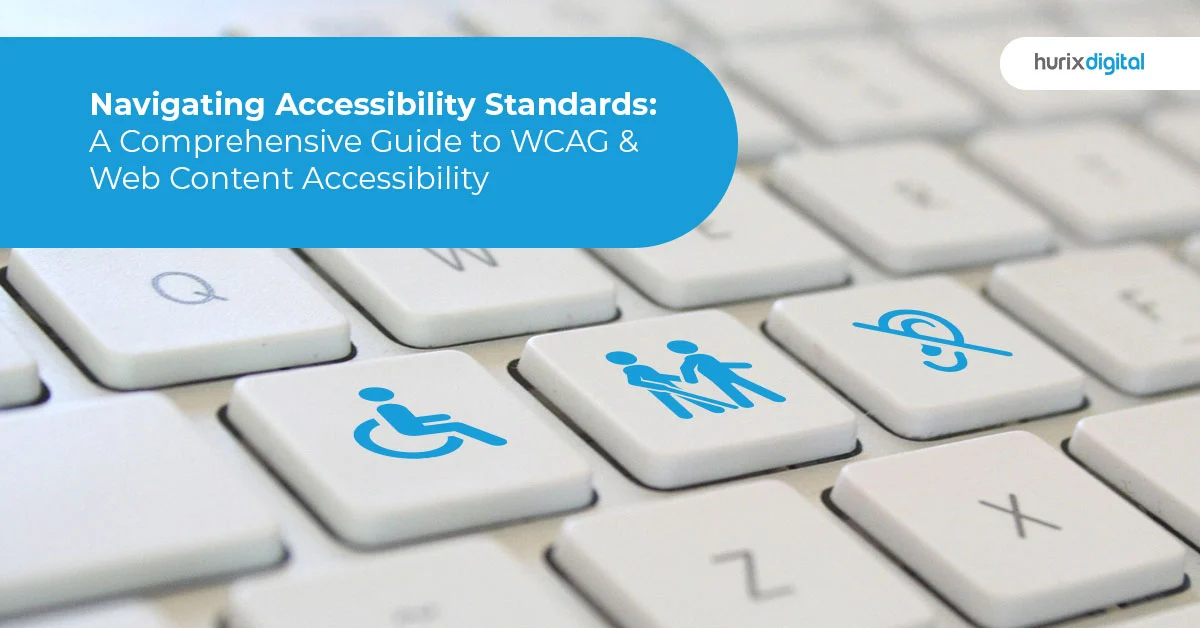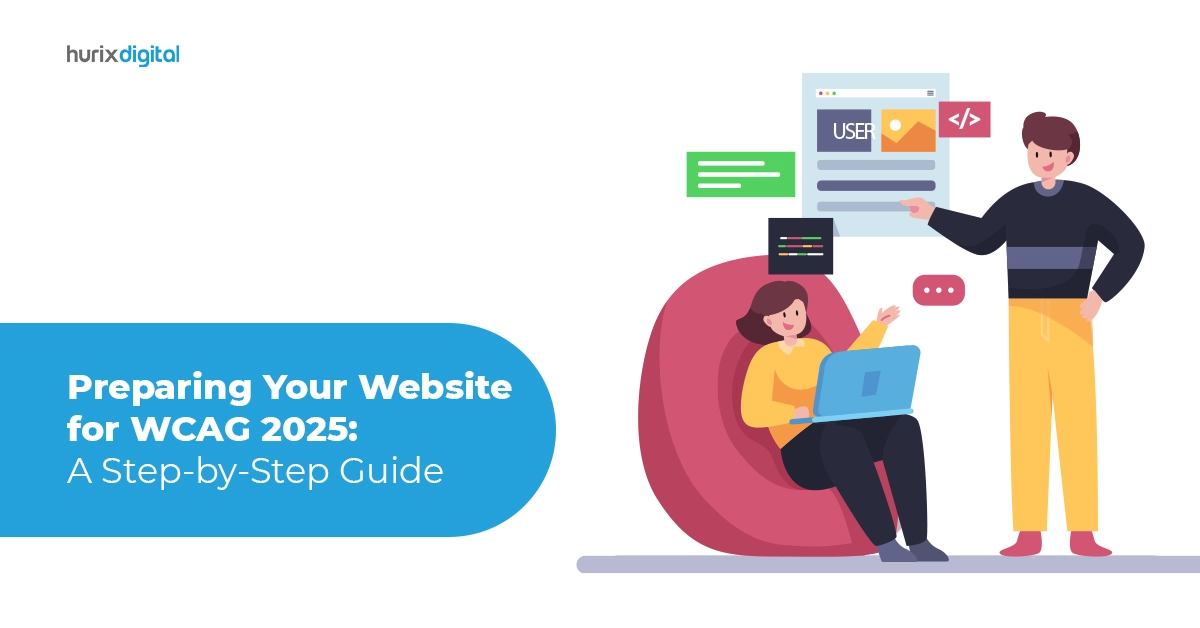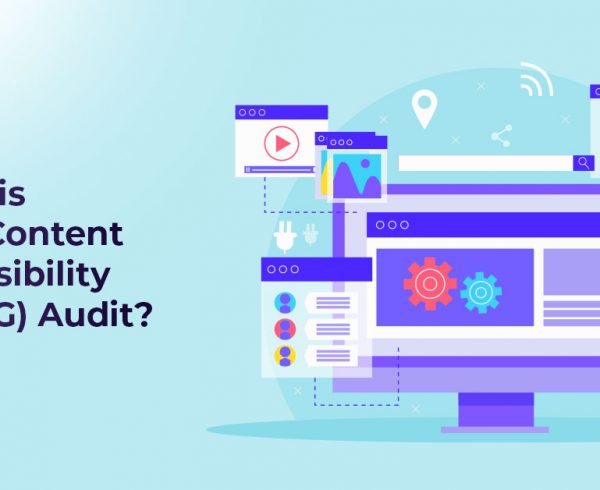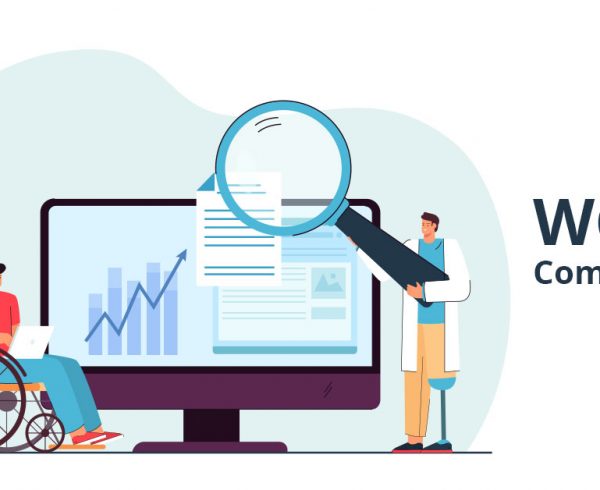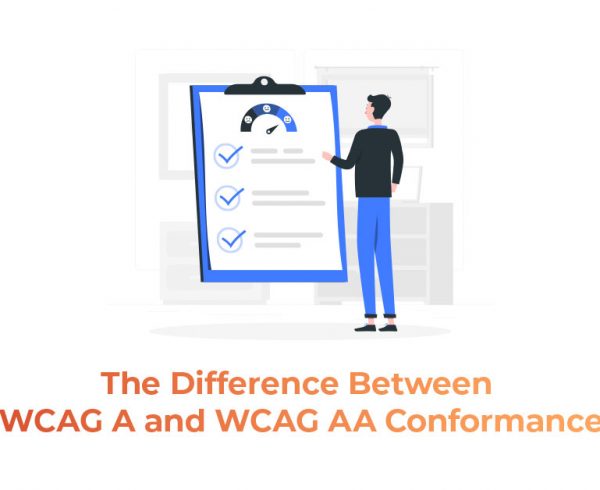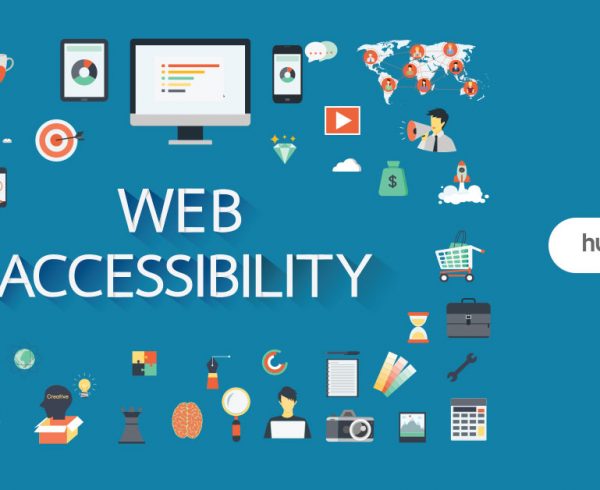Summary
This comprehensive guide is designed to provide you with the knowledge to create a website that is accessible for all users.
It is no secret that ensuring web accessibility is essential to creating inclusive online experiences. Web Content Accessibility Guidelines (WCAG) provide best practices to make websites accessible for all users, including those with disabilities.
In this blog, we get into WCAG standards, testing procedures, and the importance of accessibility audits. By understanding and implementing these guidelines, you can create a website that is inclusive, compliant, and user-friendly.
Table of Contents:
- The Three Pillars of WCAG: Perceivable, Operable, Understandable
- Ascending the Levels of Inclusivity: A, AA, AAA
- 508 Accessibility Standards and ADA Web Accessibility
- The Importance of Accessibility Audits
- Embracing Assistive Technologies to Empower Users with Disabilities
- Conclusion
The Three Pillars of WCAG: Perceivable, Operable, Understandable
Imagine WCAG as a magnificent castle with three grand pillars – Perceivable, Operable, and Understandable. Let’s unravel the mystery behind each pillar:
1. Perceivable
This pillar focuses on making information and user interface components presentable to all users. It’s like opening the doors wide, inviting everyone inside. Key features include providing alternative text for images, offering video captions, and ensuring that content can be presented in multiple ways to suit various needs.
2. Operable
The operable pillar ensures users can easily navigate and interact with web content. It’s like a magical spell, enabling users to move through the website effortlessly. Features include keyboard navigation options, providing sufficient time to read and complete tasks, and avoiding content that could cause seizures or physical discomfort.
3. Understandable
This pillar is all about clarity and simplicity, ensuring that content and navigation are easy to comprehend. It’s like a magical translator, making web content understandable for all users. Features include straightforward language, consistent navigation, and clear error messages.
Ascending the Levels of Inclusivity: A, AA, AAA
WCAG offers three levels of inclusivity, like stairs leading to greater accessibility heights:
1. Level A: The Foundational Step
Level A lays the foundation for accessibility, ensuring basic levels of inclusivity are met. It opens the door for all users to access digital content with ease.
2. Level AA: The Middle Ground
Level AA raises the bar, providing a more significant level of accessibility. It’s like a midway point, ensuring that more users can enjoy the magic of web content.
Level AAA: The Ultimate Ascent
At Level AAA, we reach the pinnacle of inclusivity. This level offers the most comprehensive accessibility measures, creating an enchanting digital world for everyone.
Also Read: What is AA Compliance? Difference Between Level A, AA, and AAA Compliance
508 Accessibility Standards and ADA Web Accessibility
508 accessibility standards are critical in creating a more inclusive digital space. These guidelines are specifically crafted to ensure that electronic and information technology used by federal agencies is accessible to individuals with disabilities.
The Americans with Disabilities Act (ADA) extends the reach of inclusivity, mandating web accessibility for public entities and businesses. By following these standards, organizations design websites that cater to diverse needs, empowering individuals with disabilities to access information and services equally with others. It creates an environment of digital inclusivity, where every user can navigate the digital realm with confidence, regardless of their abilities.
The Importance of Accessibility Audits
Accessibility audits serve as a powerful tool in the quest for an inclusive digital landscape. These assessments are designed to uncover potential barriers on websites, ensuring compliance with WCAG and accessibility standards. Through careful review of design, code, and content, audits identify areas that hinder users with disabilities from entirely navigating and engaging with digital content.
By conducting these thorough audits, organizations gain valuable insights into areas that require improvement, allowing them to create a more inclusive and accessible online experience. It’s not just about meeting compliance requirements; it’s about enhancing user experience and removing barriers for all users, regardless of their abilities.
Embracing Assistive Technologies to Empower Users with Disabilities
Assistive technologies are like magical enablers that empower individuals with disabilities to access digital content with confidence and ease. Screen readers, voice recognition software, and magnifiers are just a few examples of these transformative tools. By designing websites to be compatible with these assistive technologies, organizations transcend mere accessibility compliance.
Instead, they create a digital space where features like alternative text for images, semantic markup, and keyboard-friendly interfaces make digital content accessible to everyone, regardless of their abilities. Embracing these assistive technologies goes beyond inclusivity; it enhances the user experience for all, making the digital landscape a welcoming space for everyone.
508 accessibility standards and ADA web accessibility are like keys to a door that opens to a world of digital inclusivity. By adhering to these standards, conducting accessibility audits, and embracing assistive technologies, organizations embark on a transformative journey toward unlocking digital inclusivity for all users.
Also Read: The Ultimate Guide to WCAG Compliance for the Website Developers
Conclusion
WCAG is the guiding star that leads us to a digital world where everyone can participate, engage, and explore without barriers. By adhering to WCAG guidelines, we can unlock the magic of web accessibility, creating an inclusive online experience for users of all abilities.
Hurix Digital, as a true champion of accessibility, demonstrates how following WCAG can transform the digital landscape, making it welcoming and accessible for all.
So, let’s make the internet a place where everyone’s abilities are celebrated, and no one is left behind! Get in touch with us and get your accessibility journey started!
Connect with us now!


